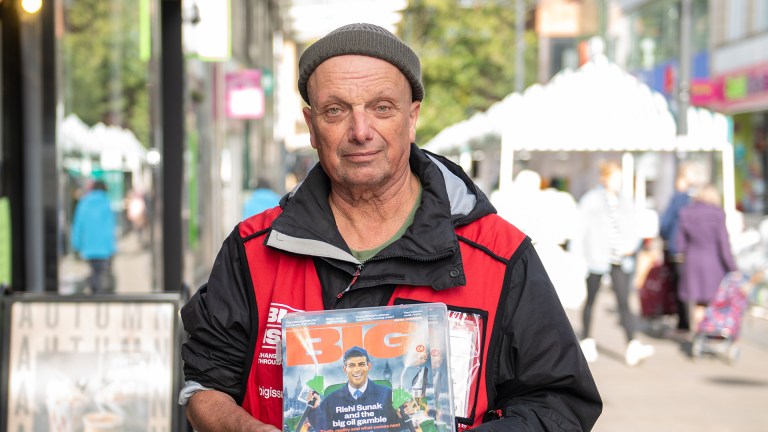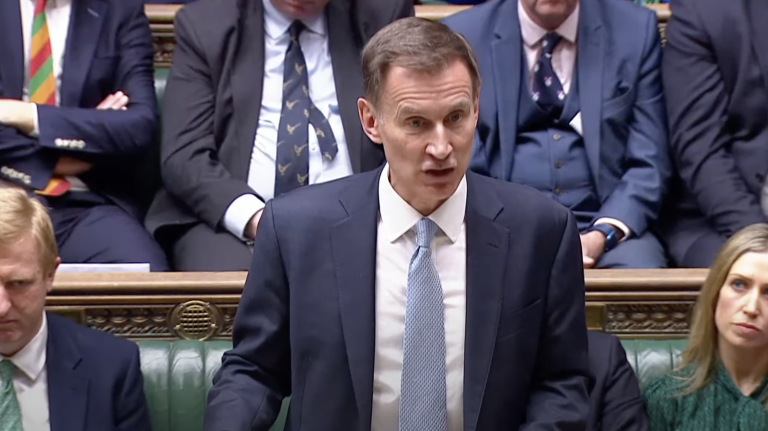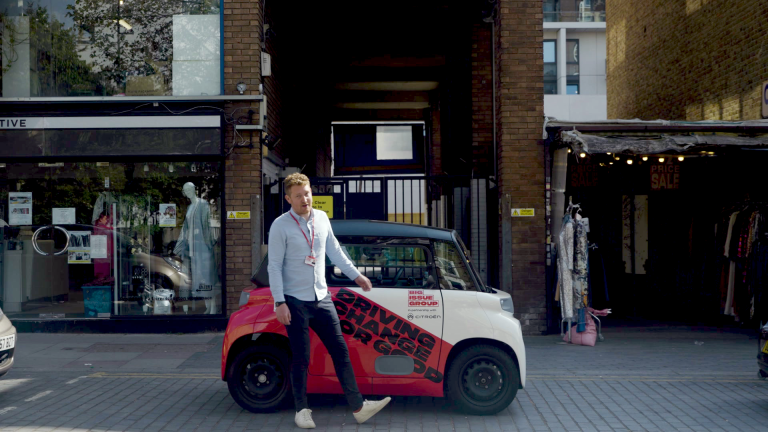So what is the Real Living Wage – and will you be in line for an increase?
What is the Real Living Wage and how is it different to the national minimum wage?
The Real Living Wage is a voluntary pay standard. It is independently set by The Living Wage Foundation, who base their calculations on the basic cost of living in the UK, taking into account bills, the price of food and inflation. Unlike the government-set minimum wages, it is not legally binding.
The legal minimum wage for workers aged 23 and above is known as the “national living wage”. It is currently £10.42, but is set to increase to £11 in April.
Meanwhile the national minimum wage – the government’s term for the lowest legal wage given to workers aged between 16 and 22 – will increase at different rates depending on a worker’s age.
At present, it is £10.18 if you’re 21-22, £7.49 if you’re 18 to 20 and £5.28 if you’re under 18.
In organisations that have signed up, the RLW applies to all employees over 18. RLW employers have six months to implement the increase.
Why is the Real Living wage more than the national living wage?
There’s only a pound or two between the hourly Real Living Wage and the national living wage. But over the course of the year, this makes a real difference.
If you’re working a full-time job at a 35-hour week, gross income on the government-set national minimum wage would work out at about £19,000 per year before tax or pension deductions.
A worker earning the new Real Living wage, on the other hand, would make £22,081 per year. In London, where the rate is higher to reflect higher prices, they would earn an additional £5,323.50 a year.
The rate rise helps Kristina Maculska – who works in the catering team at the London Stadium – feel more “motivated” at work.
“The rate rise makes a real difference to me and my family especially when the cost of living is so high, particularly in London,” she said.
“It helps to feel secure about tomorrow and maintain stable mental health, which is important for healthy relationships with colleagues and family.”
Get the latest news and insight into how the Big Issue magazine is made by signing up for the Inside Big Issue newsletter
By signing up to the voluntary rate – which includes third-party contractors like cleaners and security guards – organisations can protect families from “hunger and hardship,” according to the Archbishop of York, reverend Stephen Cottrell.
“Paying the real Living Wage to meet the true cost of living is one striking example of what employers can do to help workers lead a dignified life,” he said.
Around one-in-eight UK workers earns below the Real National living wage. Polling of these workers suggests that around 60% have visited a food bank in the past year and 39% regularly skipping meals for financial reasons. Half (50%) report feeling worse off than a year ago.
Sadly, more workers are set to fall into the low-wage bracket. According to Living Wage Foundation projections, the scale of low pay is predicted to increase to 4.3 million (15.7% of jobs) in 2023.
Which organisations are signed up to the Real Living Wage?
More than 14,000 employers are signed up to the scheme. These include half of the FTSE 100 companies and household names like Aviva, Everton FC, IKEA and LUSH.
Since 2011, the scheme has led to an additional £3 billion in extra wages being paid out.
In the past two years record numbers of employers have signed up to the scheme, with one in nine UK employees now working for an accredited business.
Your support changes lives. Find out how you can help us help more people by signing up for a subscription
The benefits of the RLW extend to the organisations that sign up to it, says Brett Mendell, Director at Thomas Kneale, a textiles company based in Manchester.
“People are our biggest asset, and paying the Real Living Wage and above has significant benefit to both our colleagues and to the company,” he said. “Our team report lower stress and reduced financial anxiety, a higher standard of living, and a lift in morale.”
Labour turnover at the company has reduced by 60%, while staff absence has lowered by 75%.
How else can employers help their employees survive the cost of living crisis?
Paying workers an appropriate wage can massively reduce poverty. But it’s not the only way that employers can help fight the cost of living crisis.
Staff on zero-hours contracts aren’t guaranteed a fixed number of working hours. Instead, they are called to work as and when required by their employer – an arrangement that can be stressful and financially precarious.
The Living Wage foundation runs a Living Hours program, in which participant organisations pledge to guarantee employees a minimum of 16 hours work a week, a month’s notice of shift patterns and a contract that reflects hours worked.









